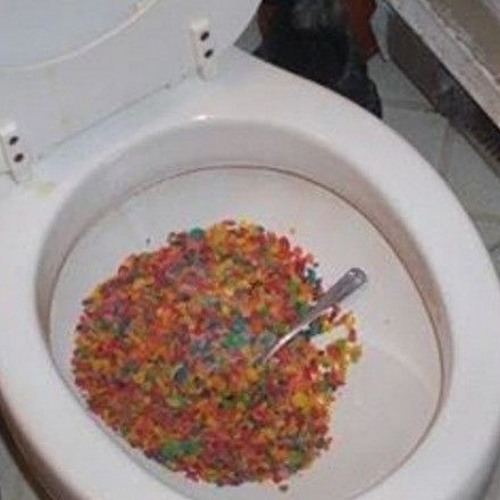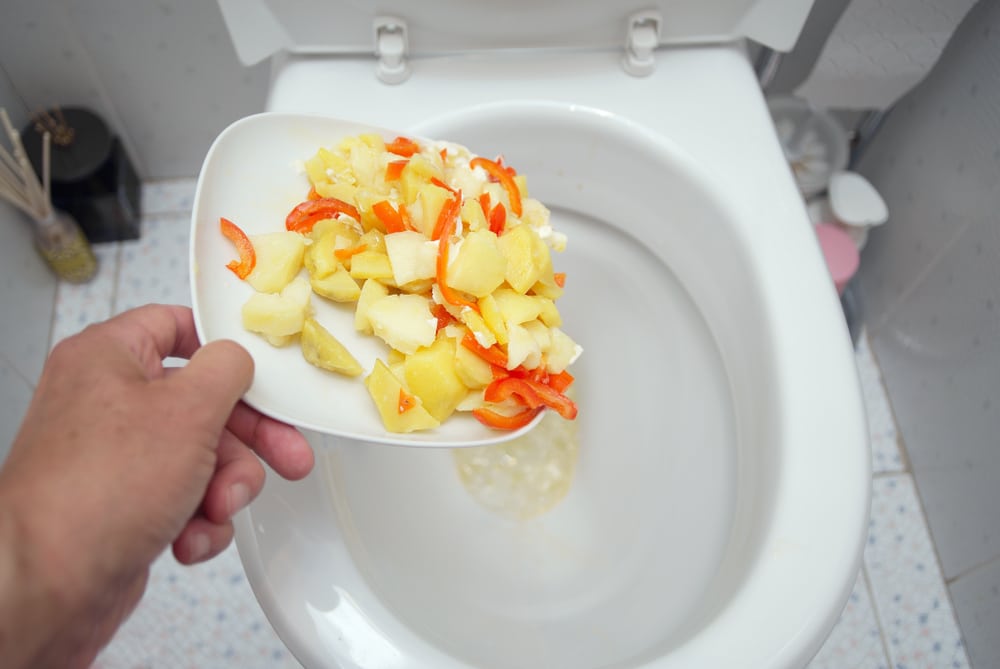Each person maintains their personal opinion about Think Twice Before Flushing Food Down Your Toilet.

Introduction
Many people are usually confronted with the dilemma of what to do with food waste, especially when it concerns leftovers or scraps. One common question that emerges is whether it's all right to flush food down the toilet. In this write-up, we'll explore the reasons why individuals might think about flushing food, the repercussions of doing so, and different methods for proper disposal.
Reasons that people could think about purging food
Lack of awareness
Some people might not be aware of the possible damage triggered by flushing food down the commode. They might incorrectly think that it's a safe technique.
Convenience
Flushing food down the toilet might look like a quick and easy option to getting rid of unwanted scraps, especially when there's no close-by trash can available.
Negligence
In some cases, individuals may simply select to flush food out of large negligence, without taking into consideration the repercussions of their activities.
Consequences of flushing food down the commode
Environmental effect
Food waste that winds up in waterways can contribute to air pollution and injury water communities. Furthermore, the water made use of to flush food can stress water sources.
Pipes concerns
Purging food can bring about stopped up pipes and drains, creating expensive pipes fixings and inconveniences.
Sorts of food that need to not be flushed
Coarse foods
Foods with coarse appearances such as celery or corn husks can get entangled in pipelines and trigger obstructions.
Starchy foods
Starchy foods like pasta and rice can take in water and swell, bring about clogs in pipelines.
Oils and fats
Greasy foods like bacon or cooking oils ought to never be flushed down the bathroom as they can solidify and create obstructions.
Appropriate disposal methods for food waste
Utilizing a waste disposal unit
For homes geared up with waste disposal unit, food scraps can be ground up and flushed with the plumbing system. Nonetheless, not all foods appropriate for disposal in this fashion.
Recycling
Certain food product packaging materials can be reused, lowering waste and reducing ecological effect.
Composting
Composting is an environmentally friendly way to get rid of food waste. Organic materials can be composted and made use of to enhance soil for gardening.
The importance of proper waste monitoring
Reducing ecological damage
Appropriate waste monitoring practices, such as composting and recycling, help decrease air pollution and protect natural resources for future generations.
Protecting pipes systems
By preventing the practice of flushing food down the commode, property owners can avoid expensive pipes repairs and maintain the honesty of their pipes systems.
Final thought
To conclude, while it may be alluring to flush food down the bathroom for convenience, it is very important to recognize the possible repercussions of this action. By taking on correct waste administration techniques and throwing away food waste sensibly, people can add to healthier pipes systems and a cleaner setting for all.
FLUSH FOOD DOWN THE TOILET?
FLUSHING FOOD CAN CAUSE BLOCKED DRAINS IN YOUR HOME
All of the plumbing fixtures in your home are connected to the same sewer pipe outside of your home. This outdoor sewer pipe is responsible for transporting all the wastewater from your home to the Council sewer mains. Even small pieces of food that go down the kitchen sink can cause problems for your sewer. It should therefore be obvious that flushing larger bits of food, such as meat, risks a clog in either the toilet itself or the sewer pipes. Flushing greasy food is even more problematic because oil coagulates when it cools, coating the interior lining of your pipes.
THE TOILET IS NOT A BIN
Food isn’t the only thing that people shouldn’t be flushing down the toilet. People use the toilet to dispose of all kinds of things such as tampons, makeup wipes, dental floss, kitty litter and even underwear. Water goes to great lengths to educate residents about the high costs and stress placed on wastewater treatment systems simply from people flushing the wrong stuff down the toilet. It costs taxpayers millions of dollars each year, and homeowners thousands in blocked drain repairs.
FLUSHING FOOD IS A WASTE OF WATER
Flushing food is a waste of our most precious resource - water. In June this year Level 1 water restrictions were introduced to protect water supply from drought conditions. Much of New South Wales continues to be affected by prolonged drought with recent figures revealing up to 97 per cent of the state remains in drought. Depending on whether you have a single or dual flush toilet, every single flush uses between five and 11 litres of water. In the current climate this is a huge amount of water to be wasting on flushing food that should be placed in the bin (or better yet, the compost).
https://www.jabplumbingsolutions.com.au/blog/can-you-flush-food-down-the-toilet

As a serious reader on What Can Happen If You Flush Food Down the Toilet?, I assumed sharing that piece was a good idea. Enjoyed reading our review? Please quickly share it. Help other people find it. Thank-you for taking the time to read it.
This Website